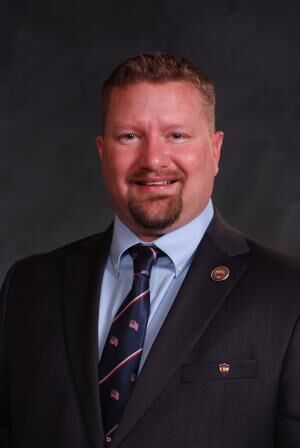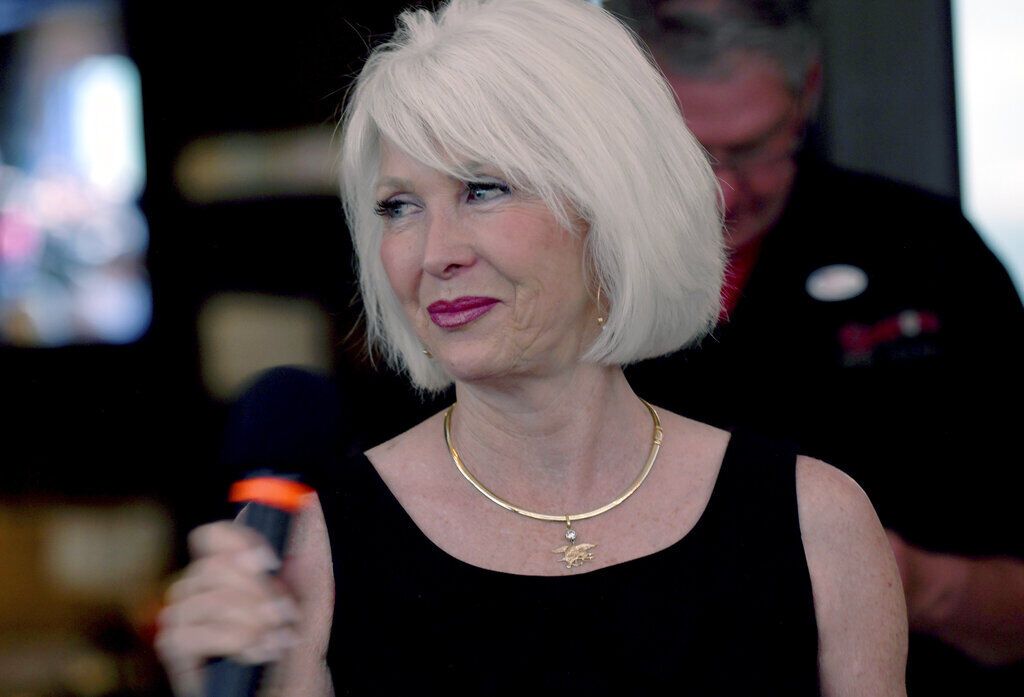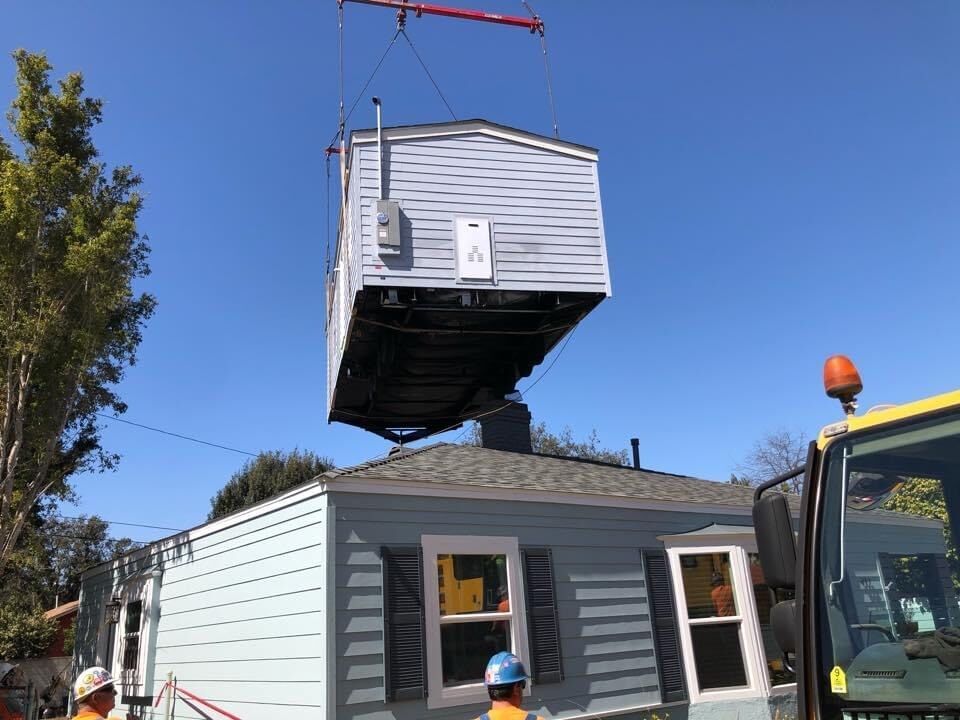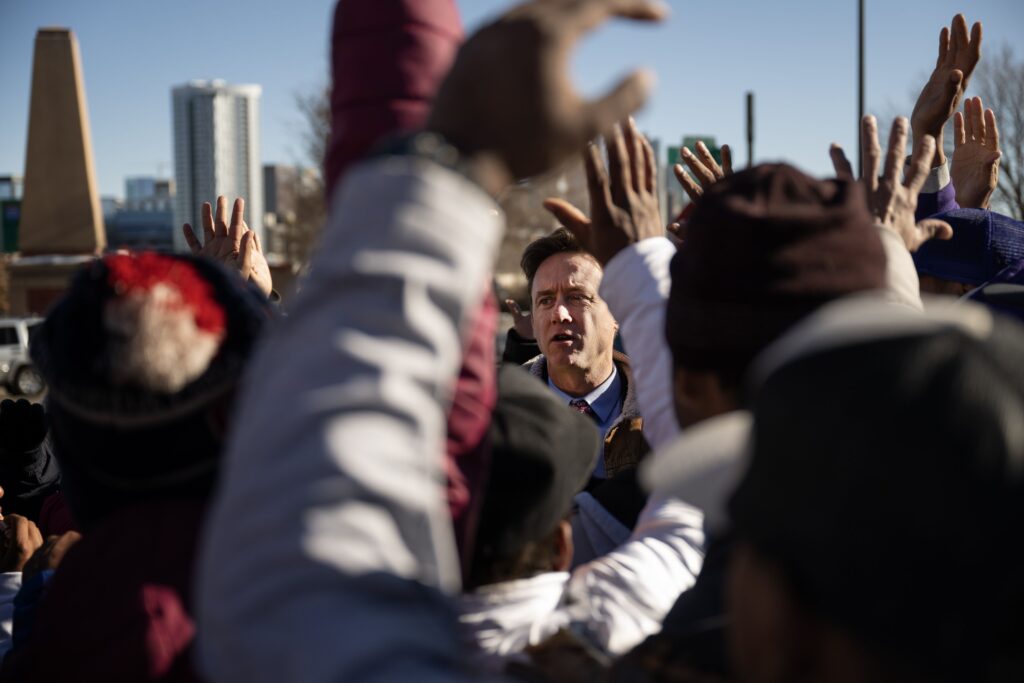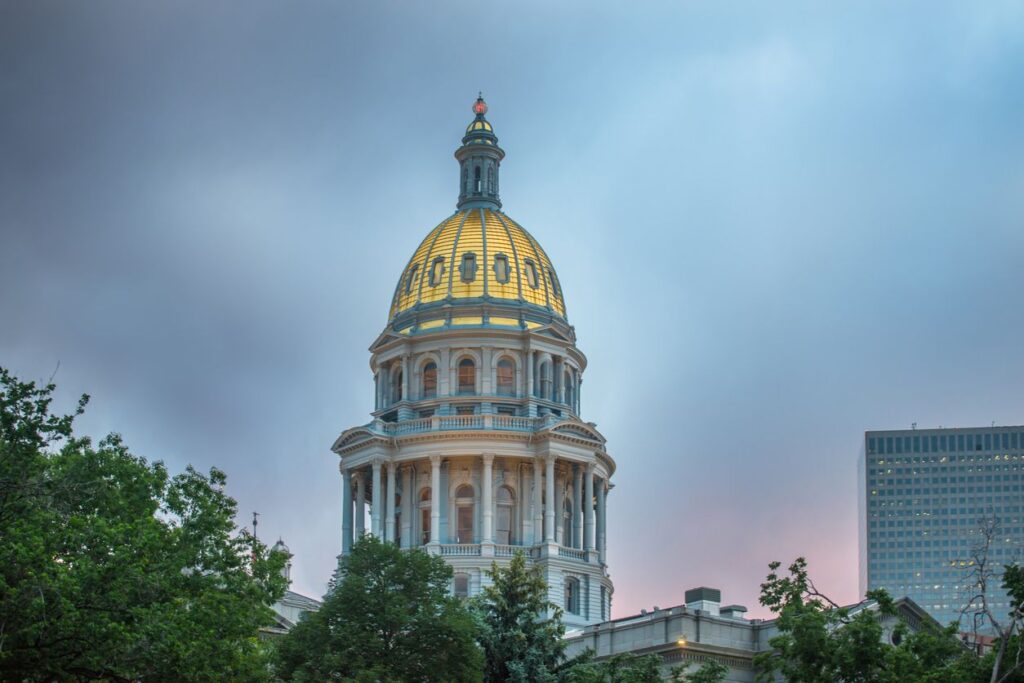Rooney Valley: ‘One of the last undeveloped areas’
Just under 1,000 acres of scenic valley land on the west side of Lakewood and north of Morrison, described as one of the last such areas in metro Denver, could see millions of cubic feet of commercial and residential development over the next 20 years, according to a proposed master plan revision.
It is next to Dinosaur Ridge, where a local citizens group is preparing to protest a planned car dealership that would displace a visitors center and be a “blight” on the Front Range.
‘Last major undeveloped area in Lakewood’
Roger Wadnal, comprehensive planning and research manager for Lakewood, noted at a Nov. 14 joint study session with Lakewood City Council and Morrison Board of Trustees that an intergovernmental agreement governs the planning process. It also designates how sales tax and other revenue, as well as cost for services, is divided between the two and calls for a Rooney Valley Planning Commission to be appointed and review any proposed development projects in the area.
“This is the last major undeveloped area in Lakewood and one of the few undeveloped areas on the west side of Denver,” Wadnal said.
The plan calls for an interconnected transportation and open space system, different types and densities of housing, large retail development and smaller “neighborhood nodes,” and protection of the area’s natural features and open spaces.
Wadnal also noted several private property owners within the plan area have legal entitlements, so are not strictly bound by anything the plan recommends for any specific area or parcel.
A 2015 market study suggests the land in the Rooney Valley plan could see about 6.3 million square feet of new office space and 8.9 million square feet of new industrial space, but Wadnal quickly added, “In reality, that couldn’t happen.” He cited geographical limitations, infrastructure and water access, as well as market conditions and population numbers.
The land, currently zoned for mixed use, could see more than 30,000 housing units over the next 20 years, according to the market study, Wadnal said.
“Mixed use is really very limited,” he added. “The housing market will eventually cycle from the dense, heavy residential use (apartments and multi-family units) to single family and some multi-family. This plan can help look beyond current conditions and see what works best for the Rooney Valley.”
Morrison Town Planner Carrie McCool said Morrison has had a few development proposal inquires for some of the town’s acreage included in the plan.
“This land has had and still has challenges” for development, she added.
McCool said “neighborhood nodes” would include small retail stores within walking and biking distances of homes.
The plan also has provisions for protection of open space and view sheds to the west, where the Hogback and the world-class fossils of Dinosaur Ridge are located.
Morrison Mayor Sean Forey called the proposed Rooney Valley master plan revision “a much better plan than the 2002 plan, with the number of residential units, retail and commercial” not as reliant on “big box” stores for development.
“The world has changed and both Morrison and Lakewood are updating our approach to this area with a much better plan,” Forey added.
Revenue sharing is fair to both municipalities, he noted. Lakewood Planning Director Travis Parker explained the revenue sharing part of the intergovernmental agreement calls for the municipality that has development to keep 60 percent of related tax revenue to help cover the cost of services, such as utilities. There is a 10 percent revenue split based on how much of a development is residential, Parker added. The remaining 30 percent is split 50/50.
Geological concerns with soil stability and other factors would be addressed through soil testing when specific projects are proposed, Wadnal added. Lakewood Councilman Charley Able noted some homes on nearby Green Mountain encountered sliding and foundation issues several years ago.
Dino Ridge the ‘elephant in the room’
Lakewood City Councilwoman Karen Harrison said “the elephant in the room” about development in Rooney Valley is Dinosaur Ridge and the visitor center, 16831 W. Alameda Parkway.
“That area of the land in this plan is identified as commercial,” she noted. “I want to make sure we protect the fossils and footprints on Dinosaur Ridge, but we also need to balance that with whatever commercial development might occur.”
Wadnal said Dinosaur Ridge and the visitors center, along with the nearby C-470 interchange, are outside the plan boundaries in Jefferson County. The county is not included in the plan’s intergovernmental agreement.
“That is an important issue, but it’s outside the parameters of what Lakewood and Morrison are looking at here,” he added.
Harrison also said Bandimere Speedway, at the base of the Hogback, should be protected and not forced to move for any future development project.
Linnea Hauser is a co-founder of Dinosaur Ridge Neighbors, a local grassroots organization formed in late March 2016 to defeat the rezoning of privately owned land at the C-470 and West Alameda interchange, near Dinosaur Ridge.
Hauser said the Rooney Valley Plan issues do not overlap with her group’s concerns.
“Dinosaur Ridge is an international treasure and has the top dinosaur tracks found anywhere in the world,” Hauser said. “We think it would be absolutely criminal to develop a new car dealership at that location.”
While Rooney Valley has no such immediate chances of major development, Hauser said she agreed with Harrison’s “elephant in the room” analogy.
“We think having a car lot at that location will be a tremendous blight on the Front Range and on tourism,” Hauser added. “Hikers and bikers in the Green Mountain area will also be devastated” due to the loss of popular trails.
Hauser said the car dealership rezoning request is due to be considered by the county planning commission on Dec. 7 and possibly the county commissioners on Jan. 21.
Plan considered during holidays
The Morrison Board of Trustees was scheduled to adopt the Rooney Valley plan on Nov. 22, but Lakewood Council members had lengthy debate about delaying consideration until after the holidays.
“We need to do our due diligence and make sure we’ve thoroughly looked at this,” Councilwoman Ramey Johnson said. “We passed our zoning ordinance in December a few years ago and there’s still the perception it was done when folks were not really engaged because of the holidays.”
Councilman Scott Koop countered that if the month of December was “taken off our calendar” out of concern the holidays would prevent the public from commenting, “then all the other items we consider during December mean nothing, so why even do any business in December?”
Koop also noted five Council seats will be up for election next year, “so maybe we shouldn’t do anything until then. I don’t understand why we should stop the process just because of what month it is.”
Mayor Adam Paul took an informal poll and reported a split vote. Paul then directed the plan be further discussed in another study session on Dec. 5 and for consideration at the Council’s Dec. 12 meeting, with a possible continuation to Jan. 23, 2017.


